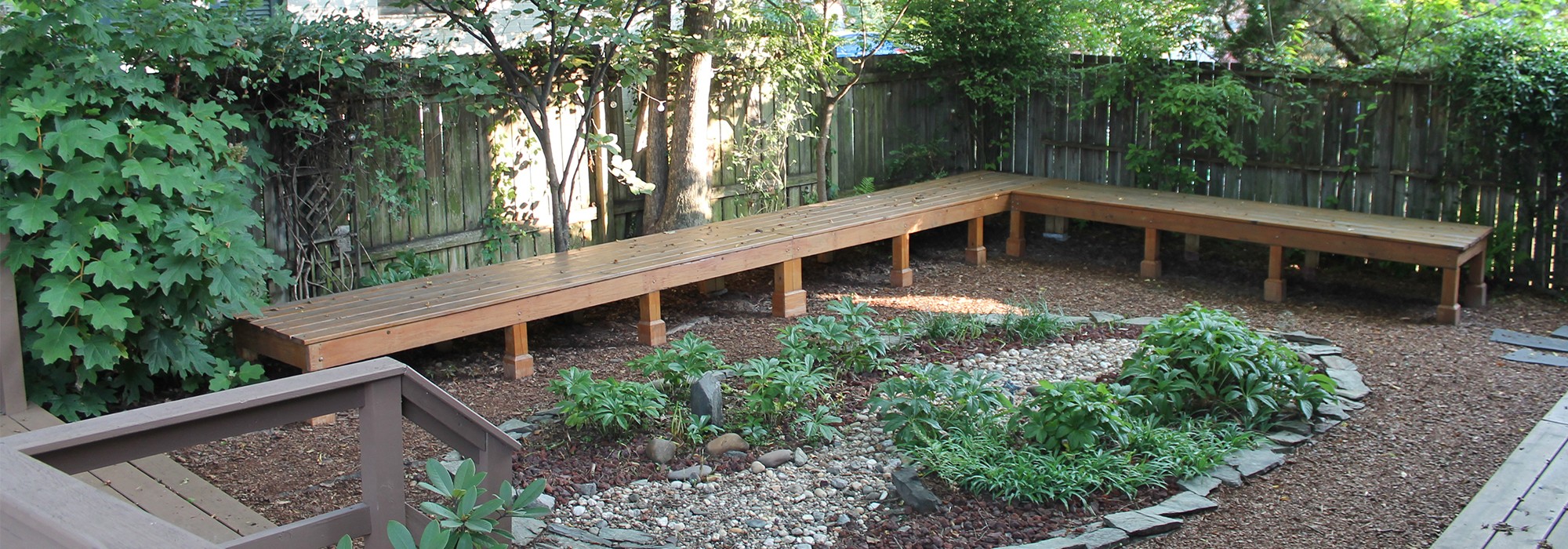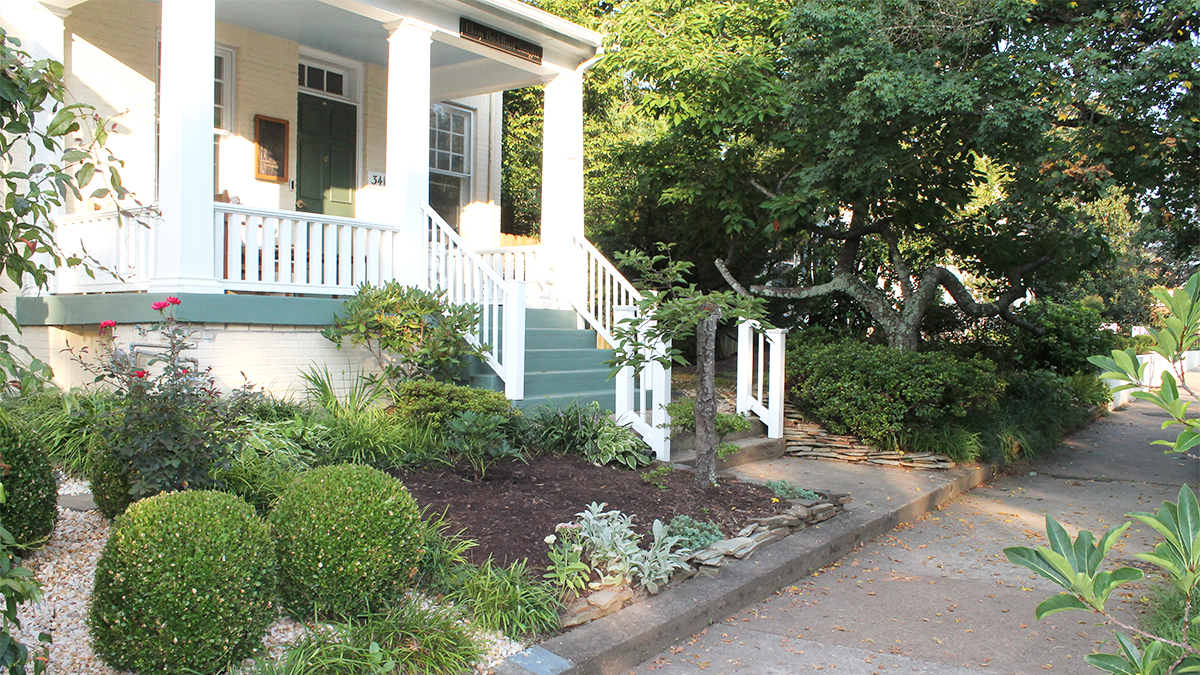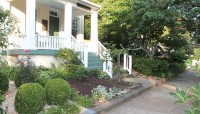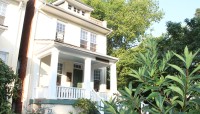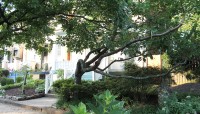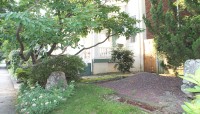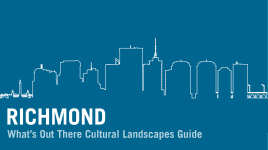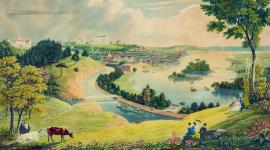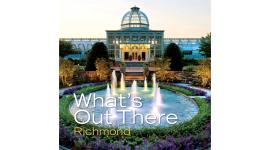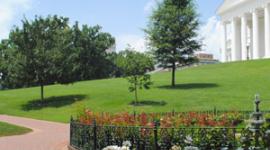Landscape Information
Nestled in the Museum District, this approximately .2-acre property was originally developed by Davis Brothers, Inc., as a single family residence in 1921. The modest vernacular Craftsman house was used as a dwelling until 1986. At that time, with the support of local Buddhists, Reverend Kenryu Tsuji purchased the property for conversion into a Buddhist temple. Reverend Tsuji, a Canadian citizen, was held in internment camps in Canada during World War II before emigrating to the United States, where he became Bishop of the Buddhist Church of America, the country’s largest Japanese-American Buddhist religious organization.
This change of use did not require significant changes to the exterior of the simple three-bay brick house, fronted by a porch.
Today, the grounds of the temple are dotted with mature maple and cherry trees, referencing both American and Japanese horticulture traditions. The front garden features a single rhododendron and flowering shrubs and herbaceous plantings including lamb’s ear, flame azaleas, camellias, and common periwinkle. On the west side of the temple lies a small meditation garden. A mature elm and hackberry tree shade the western edge of the property, which is lined with wooden benches intended for seated meditation. The trees are interspersed with oak leaf hydrangeas, along with an irregular oval-shaped bed, planted with Virginia spiderwort and green hellebore.
The property is a contributing resource of the West of the Boulevard Historic District, listed in the National Register of Historic Places in 1994.



